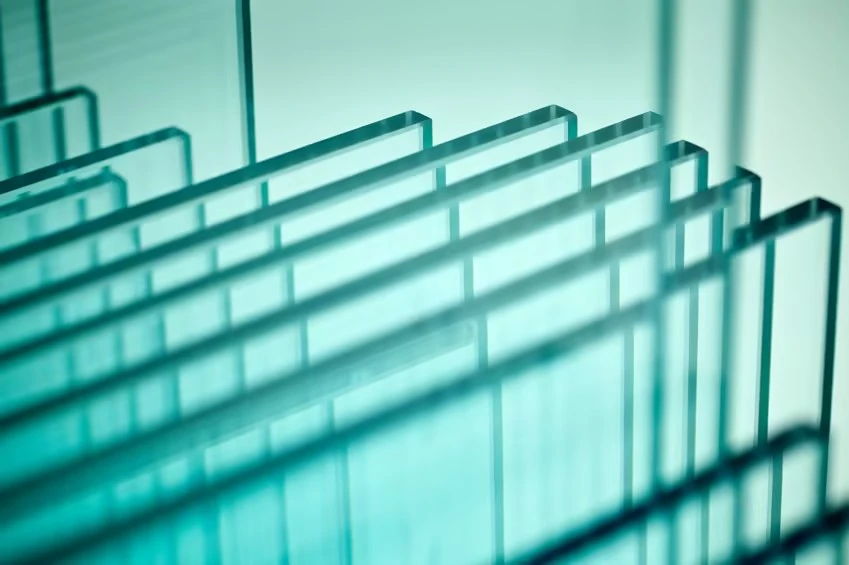

The Advantages of Low-E Glass in Double Glazing
In the quest for energy efficiency and comfort in modern building design, low-emissivity (Low-E) glass has emerged as a revolutionary development. This specialized type of glass, often used in double glazing, enhances thermal insulation and minimizes energy losses, making it a popular choice among architects, builders, and homeowners alike.
The Advantages of Low-E Glass in Double Glazing
One of the primary benefits of Low-E glass in double glazing is its energy efficiency. By minimizing heat loss during colder months and reducing heat gain during warmer months, Low-E glass significantly decreases reliance on heating and cooling systems. This not only leads to lower energy bills but also reduces the carbon footprint of buildings, making it an environmentally friendly option. In fact, studies have shown that homes with Low-E double glazing can reduce energy consumption by up to 30%-50%.

Comfort is another important aspect where Low-E double glazing excels. Traditional single-pane windows often lead to drafts and temperature fluctuations within a room, which can be uncomfortable for occupants. The insulating properties of double glazing combined with the reflective nature of Low-E glass create a more stable indoor environment. This results in improved comfort levels, allowing homeowners to enjoy their living spaces year-round.
Moreover, Low-E glass can also contribute to maintaining the aesthetic appeal of your home. With advancements in technology, Low-E coatings are available in various tints and finishes, allowing for a customization that enhances both the functionality and appearance of windows. Unlike older energy-efficient solutions that may have had an unattractive tint, modern Low-E glass can offer clear views without sacrificing energy performance.
Additionally, Low-E glass provides benefits beyond thermal performance. It also helps in reducing harmful ultraviolet (UV) rays that can cause fading of furniture, carpets, and artwork. By blocking up to 99% of UV radiation, Low-E glass protects indoor furnishings, extending their lifespan and maintaining their vibrancy.
In summary, the incorporation of Low-E glass in double glazing presents numerous advantages, from enhanced energy efficiency and comfort to aesthetic appeal and furniture protection. As energy prices continue to rise and environmental concerns become increasingly urgent, investing in Low-E double glazing is a smart choice for anyone looking to improve their home's efficiency and comfort while contributing positively to the planet. Whether for new construction or retrofitting existing windows, Low-E glass stands out as an exemplary option for modern living.